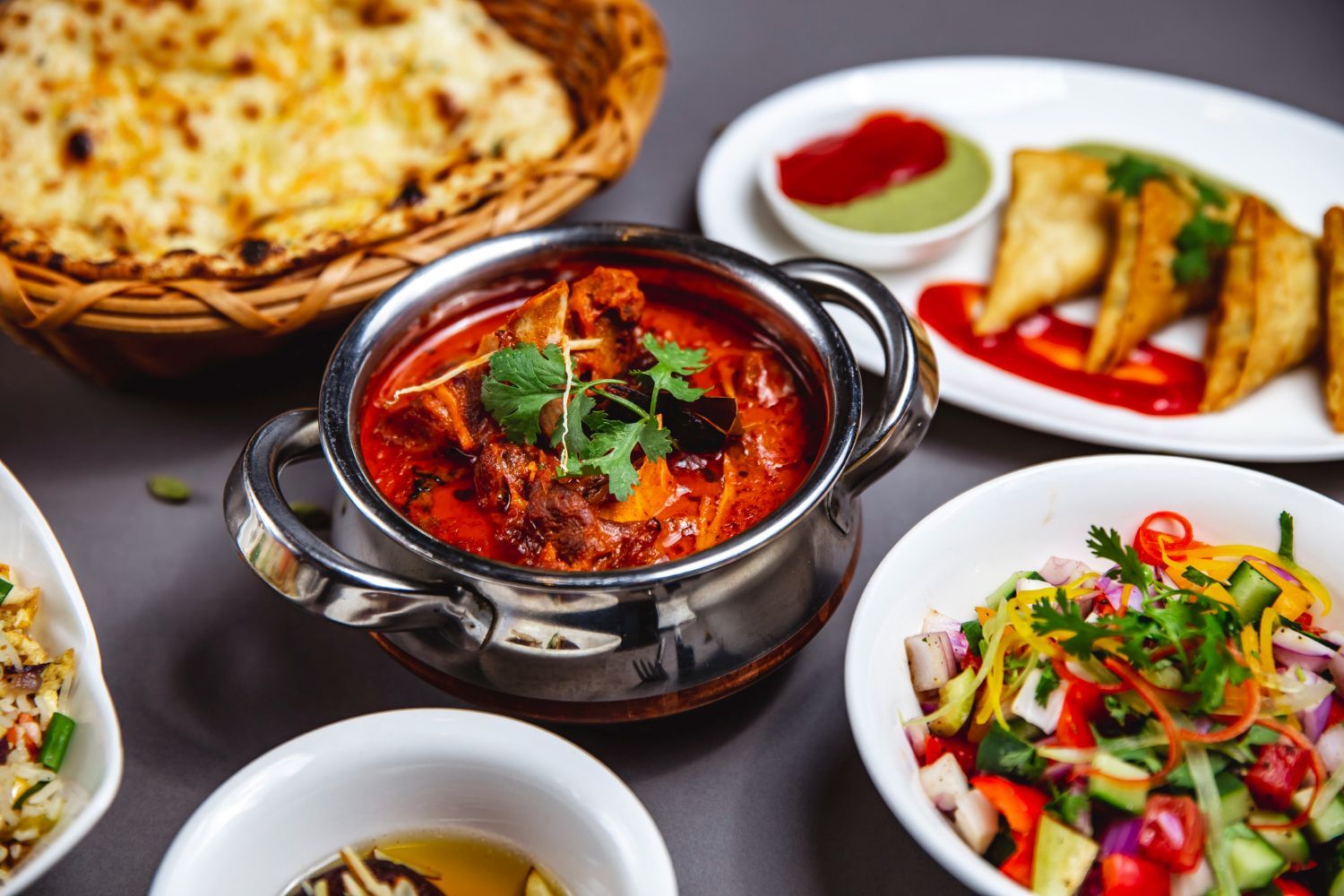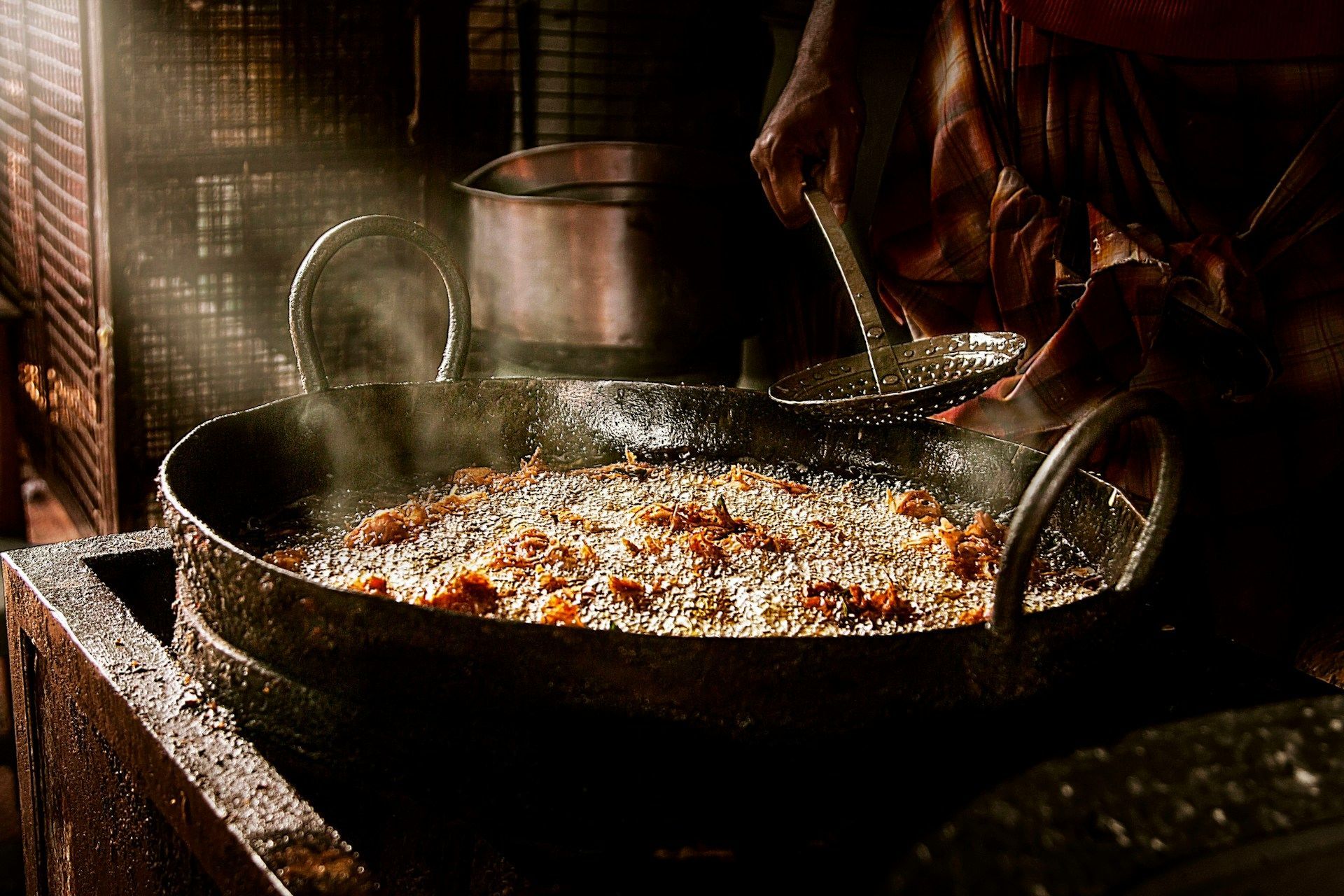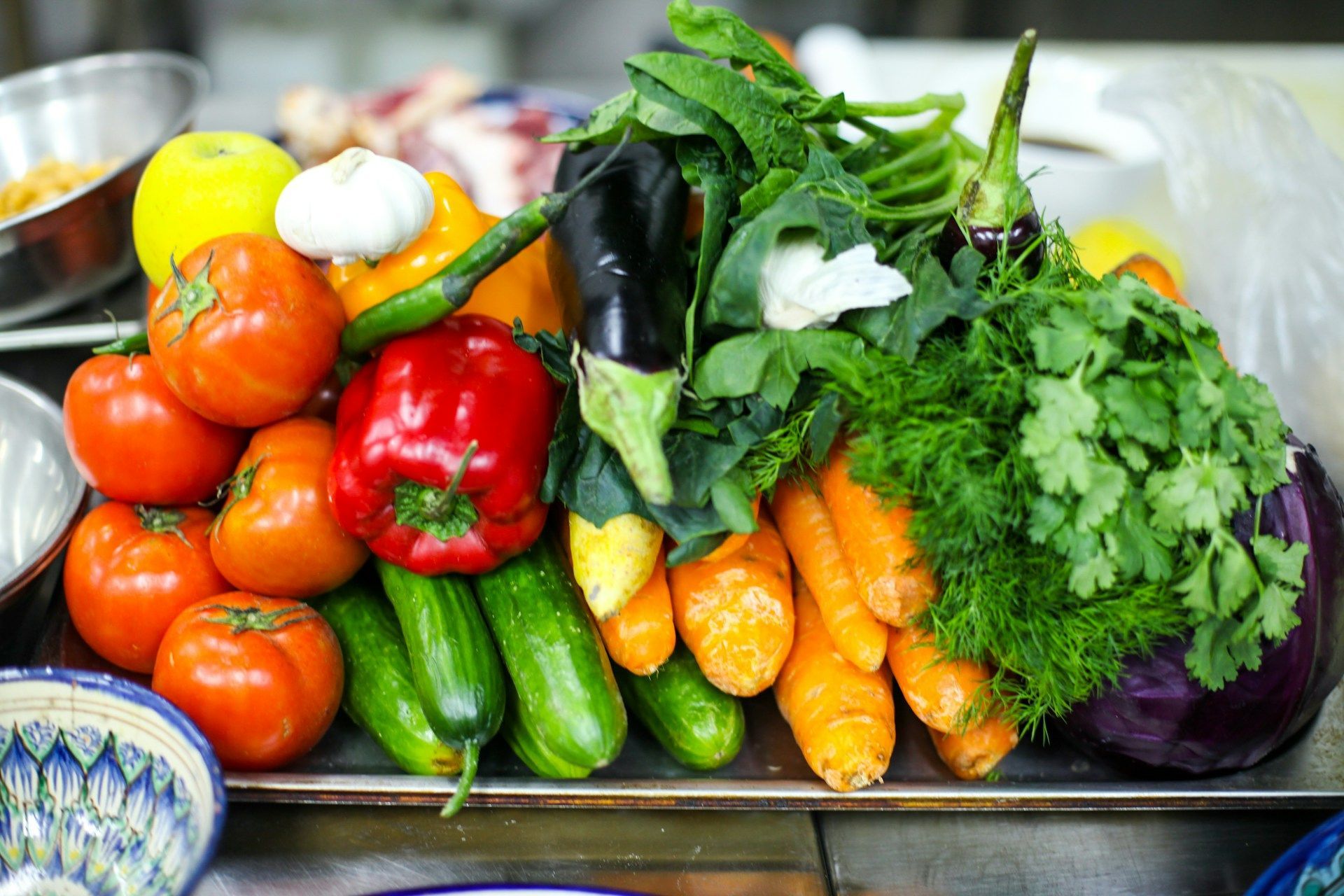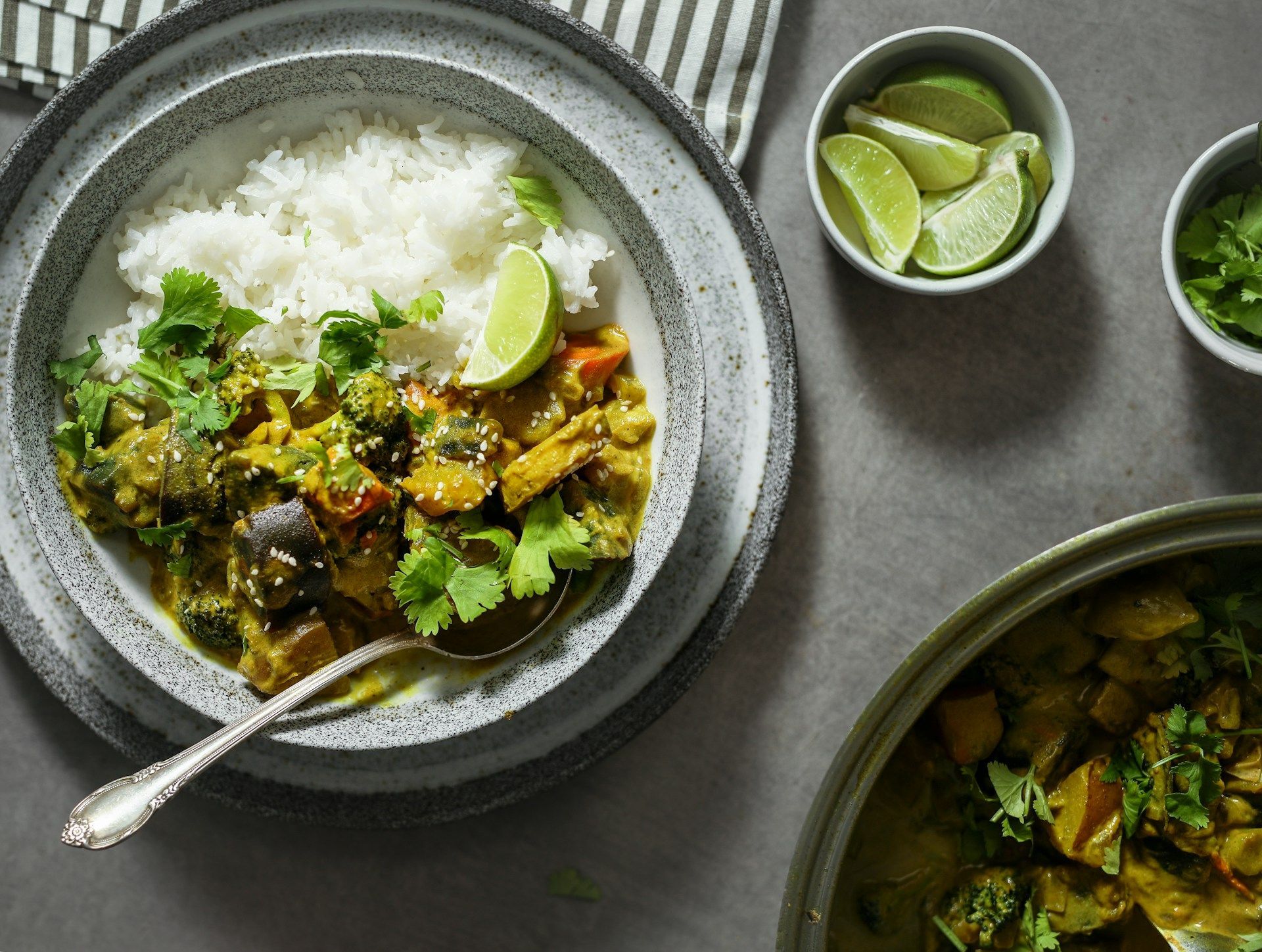A Taste of Bengal: Exploring Flavors and Cuisine Style
This is a subtitle for your new post
The rich culinary heritage of Bengal, a region in the eastern part of the Indian subcontinent, is as diverse and vibrant as its culture. Spanning across Bangladesh and the Indian state of West Bengal, the cuisine has been influenced by various historical and geographical factors, making it a delightful gastronomic experience. The fertile lands of the Ganges delta, the abundant fish from the many rivers, and the vibrant produce from the lush green fields have all significantly shaped the flavours of Bengal.
In this blog section, we will look closer at the intricacies of Bengali cuisine, its unique tastes, and the various Indian food cooking styles that make it a culinary gem.
The Flavors of Bengal
Bengali cuisine is known for its subtle yet complex flavours, with a perfect balance of sweet, sour, bitter, and spicy tastes. The use of mustard oil, panch phoron (a blend of five whole spices), and the fragrant spice blend garam masala impart a distinct aroma and taste to the dishes.
Fresh and dried fruits like raisins, apricots, and dates are often used to add a touch of natural sweetness to the dishes, while the sourness is derived from the tamarind, green mangoes, or yoghurt. The unique combination of these flavours results in a pleasant and delectable dining experience.
Staples and Ingredients
Rice and fish are the staples of Bengali cuisine. The region's abundant rivers and ponds provide various types of fish, such as hilsa, rohu, catfish, and prawns. Fish is often marinated in a blend of spices and then cooked in mustard oil, which lends a pungent and robust flavour. The daily meal usually consists of rice, which is either steamed or boiled, served with fish curry and a variety of vegetarian accompaniments.
Vegetables play a significant role in Bengali cuisine too, and you can find a variety of dishes made with eggplants, potatoes, cauliflower, and many other seasonal vegetables. Using vegetables in dishes like shukto (a bitter-sweet medley of vegetables) and charchari (a dry vegetable preparation) showcases the versatility of Bengali cooking.
Bengali cuisine also uses a variety of pulses, particularly lentils, which are cooked in different ways, like the thick and hearty dhokar dalna or the light and soupy masoor dal. These dishes provide essential proteins and nutrients and are integral to the cuisine.
Cooking Techniques and Styles
Bengali cooking techniques showcase a beautiful balance between slow cooking and quick frying. Spices are crucial in Bengali cuisine, and they are often roasted, ground, and blended to create unique flavour profiles. Panch phoron, the iconic Bengali spice blend, consists of cumin, fennel, fenugreek, mustard, and nigella seeds. These spices are usually tempered in hot oil to release their flavours and aromas before being added.
Steaming is another popular cooking technique in Indian food, particularly for preparing fish. The famous dish, bhapa ilish (steamed hilsa fish), marries the fish with mustard seeds, green chillies, and turmeric before being wrapped in a banana leaf and steamed. This cooking method retains the moisture and flavours of the fish, resulting in a tender and succulent dish.
Desserts and Sweets
No Bengali meal is complete without a delectable dessert, and the region is famous for its sweets, particularly those made from milk. Rasgulla, Sandesh, and Mishti doi are some of the most popular Bengali sweets. These desserts are made with fresh chhena (cottage cheese), combined with sugar or jaggery, and then either boiled in sugar syrup, like rasgulla or shaped and flavoured with cardamom, like Sandesh. Mishti doi, a sweetened yoghurt dessert, is fermented overnight to balance sweetness and tanginess perfectly.
Conclusion
Bengali cuisine is a diverse and flavorful culinary tradition that reflects the rich history and culture of the region. With its emphasis on fresh, seasonal ingredients, aromatic spices, and various cooking techniques, Bengali dishes offer a unique and satisfying dining experience. From mouth-watering fish preparations to irresistible desserts, Bengali cuisine will surely delight the taste buds of anyone who can try it.
Tower Tandoori is significant in London's culinary landscape as one of the oldest Indian restaurants, offering all patrons a truly authentic dining experience. With a rich history and a steadfast dedication to preserving the traditional flavours and techniques of Indian cuisine, the restaurant has captured the hearts of food lovers across the city and beyond. For those seeking authentic
Indian food in London, explore their our today and place an order to experience the rich tapestry of Indian cuisine.










